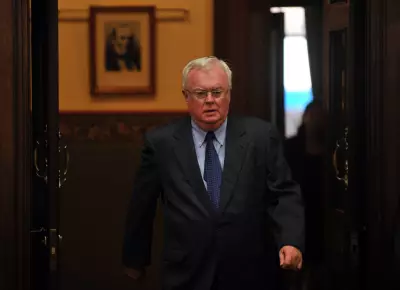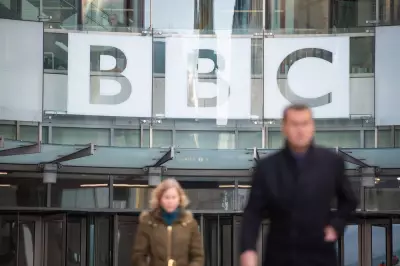
Andy Burnham, the charismatic Mayor of Greater Manchester, has become the political equivalent of Schrödinger's cat at this year's Labour Party Conference - simultaneously both in and out of favour with the party leadership.
The Conference Conundrum
As delegates gathered in Manchester, all eyes were on Burnham, who finds himself occupying a uniquely ambiguous position within his own party. The Mayor who once spearheaded Labour's devolution agenda now appears caught between his Westminster ambitions and his regional power base.
Observers noted the subtle tensions playing out across conference venues. While Burnham commands significant local support and maintains a high media profile, his relationship with Keir Starmer's leadership team appears increasingly complex.
A Delicate Balancing Act
Burnham's conference appearances revealed a politician carefully navigating competing loyalties. His keynote speeches drew enthusiastic crowds, yet there were noticeable absences from senior frontbenchers during his most significant moments.
The Mayor's careful positioning reflects broader tensions within Labour about the balance between central control and regional autonomy. As one delegate remarked, "Andy represents both Labour's past ambitions and its future challenges."
The Westminster Question
Speculation continues to mount about Burnham's ultimate political ambitions. Despite his current focus on Manchester, many wonder whether the former cabinet minister still harbours national leadership aspirations.
This uncertainty creates what political analysts are calling a "Schrödinger's candidate" scenario - Burnham is simultaneously considered both a potential future leader and someone whose moment may have passed.
Regional Power vs National Influence
Burnham's situation highlights the evolving dynamics of power within the Labour Party. His successful tenure as Manchester Mayor has demonstrated the potential of regional leadership, yet it has also created distance from the party's Westminster centre.
The conference has revealed several key tensions:
- Burnham's popular local policies versus Starmer's national strategy
- The Mayor's media prominence compared to shadow cabinet members
- Ongoing questions about devolution's place in Labour's vision
- Speculation about future leadership contests
As the conference concludes, Burnham remains one of Labour's most recognisable figures, yet his precise role in the party's future continues to defy easy definition.





